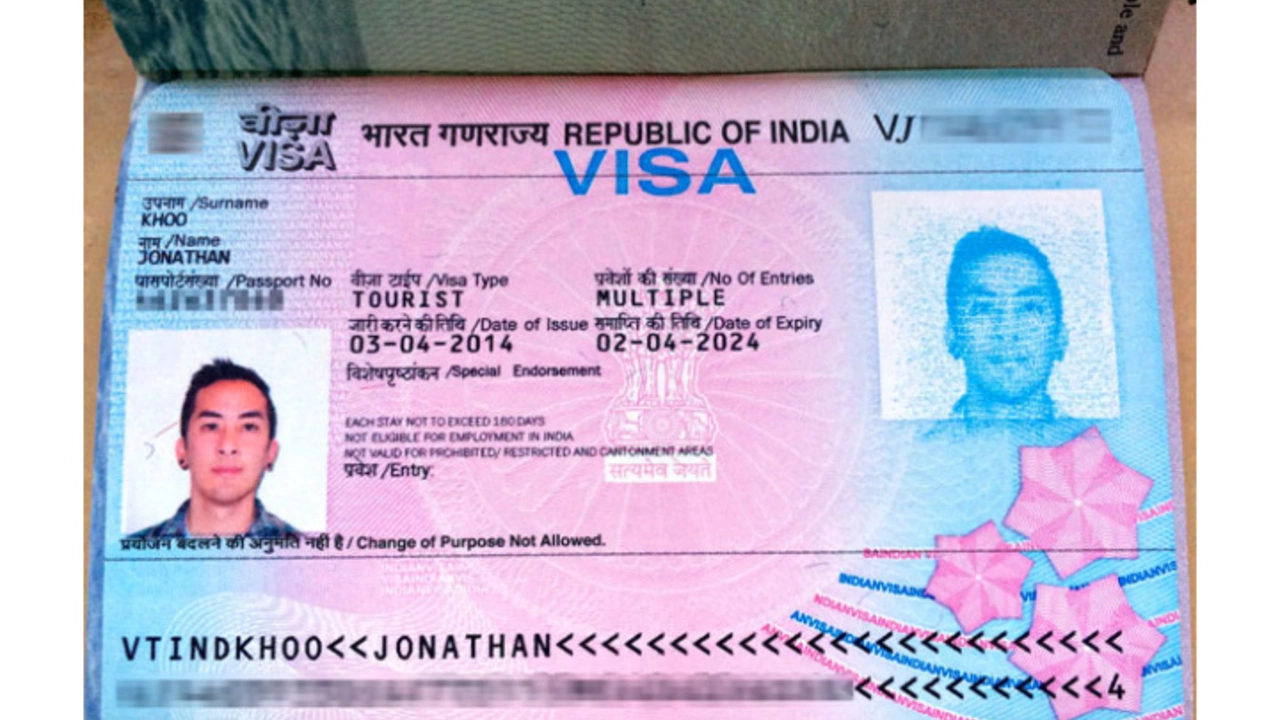Requirements: What They Are and How to Nail Them
Ever started a project and felt lost because the goals kept shifting? That’s usually a sign of weak requirements. In plain terms, requirements are the exact things a system, product, or service must do. They act like a roadmap, keeping everyone on the same page and preventing nasty surprises down the line.
When you’re dealing with cybersecurity, software development, or any IT work, solid requirements become the backbone of security and performance. Miss a single detail, and you could end up with a vulnerable app, a costly redesign, or missed deadlines. So let’s break down why requirements matter and how you can actually get them right.
Why Clear Requirements Matter
First off, clear requirements cut down on guesswork. Everyone—from developers to managers—knows exactly what to build. That means less back‑and‑forth, fewer reworks, and a smoother timeline. In the security world, precise requirements also define what needs to be protected, what compliance standards to meet, and which threats to guard against. Without that clarity, you risk leaving gaps that attackers love.
Second, good requirements help you measure success. If you’ve documented what “secure login” means—like two‑factor authentication and a password length of at least 12 characters—you can test against those criteria later. It’s a simple way to prove you delivered what was promised.
Finally, solid requirements keep budgets in check. When you know exactly what features are needed, you can allocate resources wisely and avoid costly scope creep. Stakeholders appreciate the transparency and are more likely to stay on board.
Practical Steps to Capture Good Requirements
1. Talk to the right people. Start with the end users, security officers, and business owners. Ask what problems they face and what outcomes they expect. Keep the conversation focused on outcomes, not solutions.
2. Write them in plain language. Avoid jargon unless everyone understands it. A requirement like “system shall encrypt data at rest using AES‑256” is clear, whereas “use strong crypto” is vague and open to interpretation.
3. Make them testable. Each requirement should be something you can verify. Instead of “fast response time,” say “response time under 200 ms for 95% of requests.”
4. Prioritize. Not every requirement is equally critical. Use a simple ranking—must‑have, should‑have, could‑have—to guide development and keep the project realistic.
5. Document and share. Store requirements in a shared space, like a wiki or a requirements management tool. Give the whole team easy access and encourage feedback.
6. Review regularly. Requirements aren’t set in stone. Schedule quick checkpoints—maybe every sprint—to confirm they still match business needs and any new security threats.
7. Link to security standards. If you’re building a compliance‑heavy system, reference relevant frameworks (ISO 27001, NIST, GDPR). That way, you tie each technical requirement back to a known rule.
By following these steps, you turn vague ideas into concrete, actionable items. The result? A project that moves faster, stays secure, and meets the expectations of everyone involved.
So next time you kick off a new initiative, start with the basics: sit down, listen, write clearly, and keep the requirements alive throughout the lifecycle. It may feel like extra work upfront, but the payoff—fewer bugs, tighter security, and happier stakeholders—makes it well worth it.

Where and how do we get the indian citizenship certificate?
Well, folks! If you're on the hunt for an Indian citizenship certificate, buckle up! The journey starts at the Ministry of Home Affairs website, where you can apply. Sounds boring, right? But imagine it's more like an adventurous quest through the magical world of bureaucracy! You'll need to submit documents like birth certificates, residence proof, and some more exciting stuff (just kidding, it's mostly paperwork!). But hey, at the end you get to join the fun-filled family of Indian citizens! So, let's get to it, future Indian!
read more